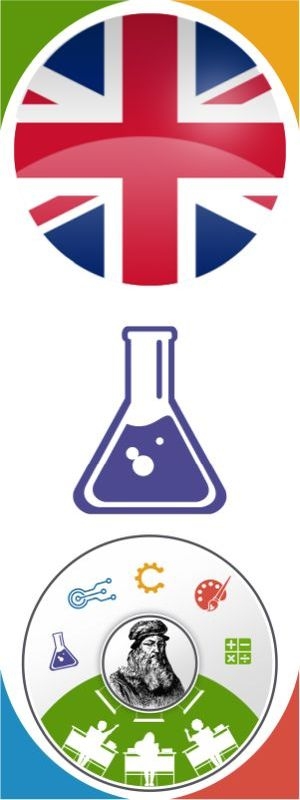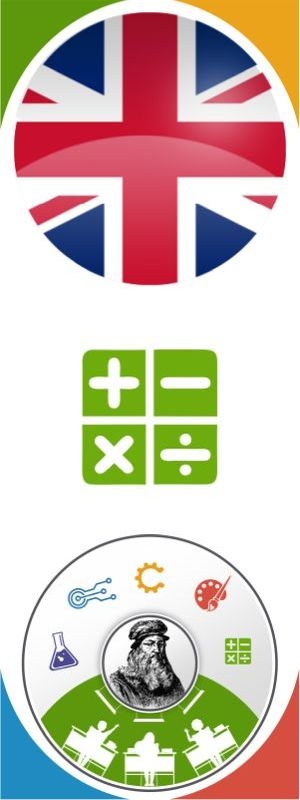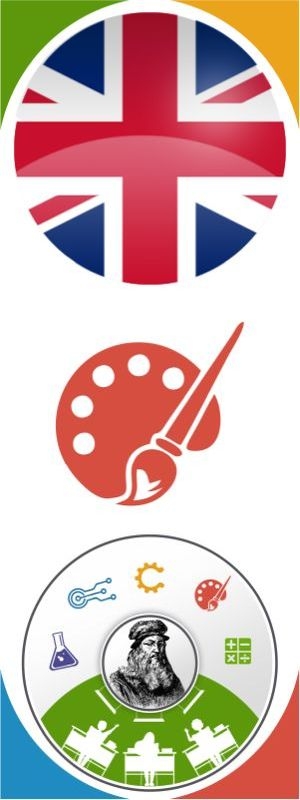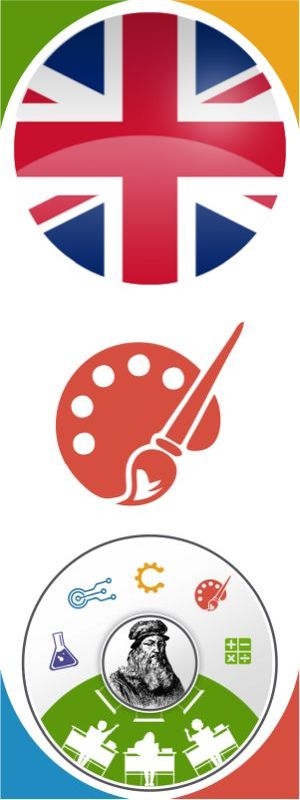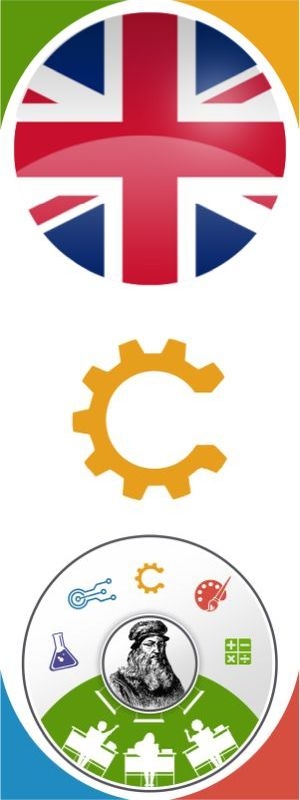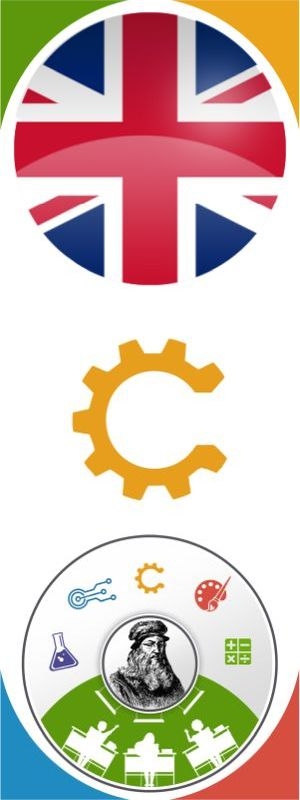Super User
Mercoledì, 05 Giugno 2024 06:42
The Weather
The students do not know that the weather is not the same in all places, nor are they familiar with a weather report. The students in their attempt to interpret "what is the weather like" answer indiscriminately that it is: the heat, the cold, the clouds, the rain, etc., whether the place is cold or warm. Children also believe that: ∙Seasons make the weather change, clouds are created by water vapor, ∙rain falls when the clouds become too heavy or because we need it, lightning happens when two clouds collide, etc. The students have developed from previous lessons the basic skills of using the computer and are familiar with the basic functions of TuxPaint , wordwall and concept map through which they develop weather-related activities.
Published in
Scenarios
Tagged under
Mercoledì, 05 Giugno 2024 06:40
Introduction to the World of Fractions
Students before the formal teaching of fractions possess a range of knowledge and skills related to fractions, such as the expressions used in everyday language "I will come in a quarter of an hour", "a third of the class is missing", etc. a. Knowledge related to fractions is also the one related to division "divide", "divide into equal parts" etc.
Therefore, the students already have a perception of fractions which comes from processes of searching for the part of a whole. This knowledge, however, is not connected to the symbolic representation of fractions (e.g. ¼) nor to the formal formulation (e.g. a quarter).
Published in
Scenarios
Mercoledì, 05 Giugno 2024 06:37
The Experiment of Eratosthenes
In Greek primary education there is no mention of Eratosthenes' method. Primary school students are taught at school that the shape of the Earth is “an oblate spheroid” by a series of impressive photographs of the Earth from space. This knowledge remains useless, if students do not engage themselves in "measuring the Earth" with simple mathematical calculations .
Published in
Scenarios
Tagged under
Mercoledì, 05 Giugno 2024 06:35
Types of Triangles in Terms of their Sides
Students have some general knowledge of triangles but find it difficult to discover the differences between triangles and construct triangles accurately using different ways .
Published in
Scenarios
Tagged under
Mercoledì, 05 Giugno 2024 06:34
Learn the Colours in French through the Paintings of Claude Monet
The incentives for learning French as a second foreign language will be strengthened, and teaching strategies applied in foreign language learning will be proposed through the use of new technologies. The main goal of this scenario is to introduce children to art and to stimulate their interest in both impressionism and the French language course, making it more original and attractive to the age group it targets (11-year-old adolescents, particularly familiar with technology).
Published in
Scenarios
Tagged under
Mercoledì, 05 Giugno 2024 06:31
Τhe Legendary Old Bridge of Arta
Through their engagement with the script "The Bridge of Arta," students will realize that theater can be presented not only in front of an audience, as they previously believed, but also in front of a audience through the radio. Then, through the activities described below, students understand how they can "construct" and convey the sounds of nature within the classroom, using simple materials to create soundscapes. In this way, they can transport the listener mentally to the location where the story unfolds.
Published in
Scenarios
Mercoledì, 05 Giugno 2024 06:28
"All Day they were Building it … in order not το Collapse." Building Bridges
The idea of the scenario about engineering (construction of bridges) came up by the systematic observation of children's free play in the “building material”classroom corner. More specifically, teachers noticed the difficulties that children faced in building bridges in order to pass over cars or animals. Aiming to face these specific challenges, they proposed activities adapted to the specific needs and interests of the children in order to improve their skills in solving problems and in building bridges. They also incorporated STEAM concepts into the activities, by discussing about the forces that act on bridges such as tension and compression and by using simple terms that children could understand on how some shapes and structures provide greater stability, creating thus a more effective and engaging learning experience.
Published in
Scenarios
Tagged under
Mercoledì, 05 Giugno 2024 06:27
The Weather has its Ups and Downs but…Man has Devices!
The educational scenario refers to natural disasters, specifically floods and frost. Initially, the students come into contact with these extreme weather phenomena and what causes them (laws of physics, meteorology, etc.). In addition, students discover the ways to cope with these phenomena, by actively participating in dealing with the problems they cause. Finally, the students themselves will build these technical means that contribute to dealing with weather phenomena ( wind turbine and dam).
The students seem to have some knowledge about the problems caused by severe weather phenomena, since they live in a lowland rural area and relatively everyone has contact with some form of cultivation. The children need improvement in the technical part of the means used for prevention as well as the natural laws that govern these weather phenomena.
Published in
Scenarios
Tagged under







